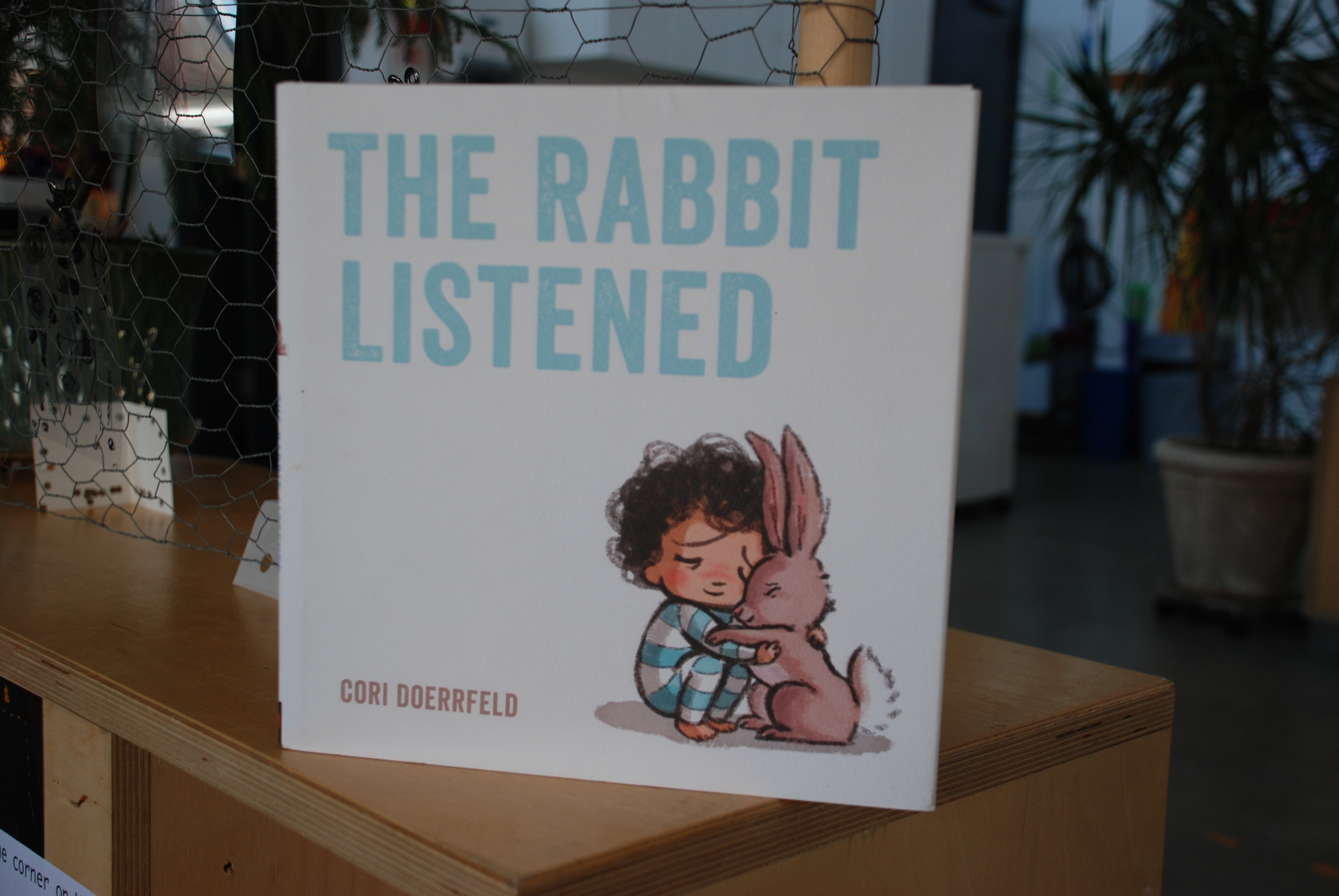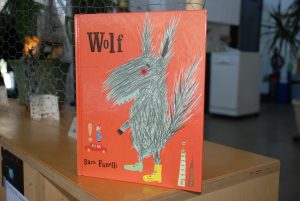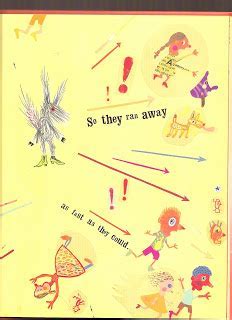Our ongoing desire to understand more how empathy evolves in young children has led us to provide opportunities with the children to discover ways to understand themselves and others.
Facial expressions and body language are rift with nuances that take growth and experience to become better aware of and ultimately, understand.

While we’ve begun exploring playing with creating and noticing faces, we continue to couple these experiences with dialogue fostered through reading stories that offer opportunities to think more deeply about others and their feelings.

In the story Wolf by Sara Fanelli, Wolf goes to town to make some friends, but everyone is frightened of him, even when he puts on a mask. Discouraged, he wanders toward home, encounters another wolf (this time a smiling face), and pours out all his troubles. The townspeople who were chasing him see the error of their ways, and everyone joins in a picnic with a family of wolves in the forest
We’ve heard many of you play and talk about wolves, what do we know about them?
“They’re scary!” -Charlie N.
“Creepy.” -Tait
“Wolves are coyotes.” -Ian
“Wolves can eat coyotes.” -Tait
“Wolves and foxes and coyotes can eat bunny rabbits.” -Case
“No friends but wolf.” -Louis
“Because they thought he (wolf) was gonna eat them.” -Rosalie
“Maybe he could do it by just smiling.” -Ruthie
“Wolf could say hello and then leave.” -Travers
After reading this story for a bit, the children quickly realized that at each encounter, the wolf was chased away and did not meet a friend as he had hoped.
We wondered with the children why was he being chased? How could he make friends? What could he do?

“Why did everyone chase the wolf?” -Charlie N.
“He was just trying to make new friends.” -Louis


